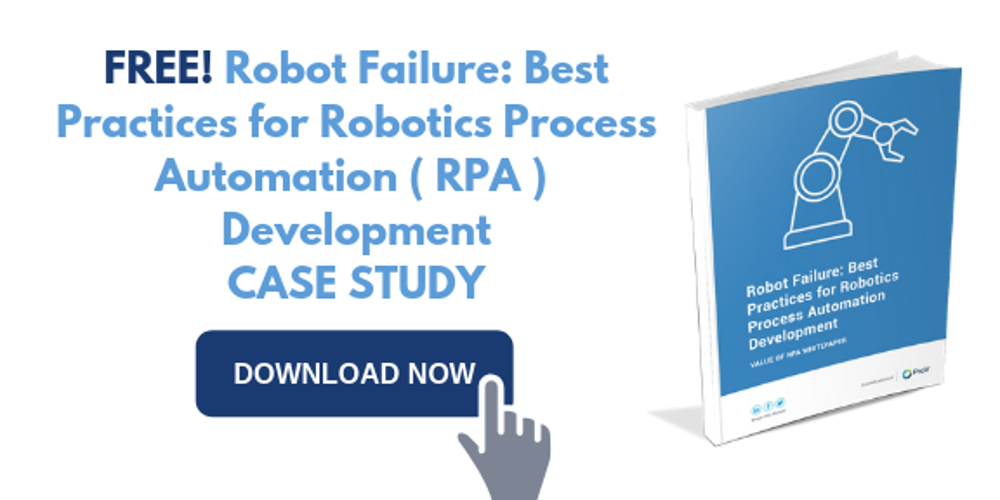Can RPA drive innovation in your organization? Robotic Process Automation can provide the boost to digital transformation your company needs. RPA (Robotic Process Automation) can provide a software solution that reduces the need for the resources assigned to repetitive tasks through automation.
This is usually enough to convince most companies of RPA’s benefits. However, if done right, RPA can do much more for an organization. Robotic Process Automation can improve employee satisfaction dramatically and reduce costs in one-go by removing repetitive data entry tasks. Automation helps your staff focus on core duties, and also removes the need for tedious manual repetitive tasks which can reduce resource costs.
How does RPA manifest across the organization as a whole?
RPA helps promote operational excellence. If operational excellence is a direct consequence of employee satisfaction, removing 'boring' tasks like manual data entry can result in a more engaged workforce. A more engaged workforce makes fewer mistakes. This can potentially be a massive change that affects your entire delivery cycle. This is because, each error negated could have had the potential to create escalations, and slow down delivery cycles.
A motivated and happy workforce that is aided by software bot automation can contribute more to customer satisfaction. Multiple studies have shown that a happier workforce is more motivated towards helping customers, and RPA puts you in the best position to do both. Engaged employees that have more time on hand with help from process automation can contribute more to individualizing and personalizing customer care. Through automated entries, most customer entries can be kept up-to-date and be pulled whenever necessary.
Combined with ERP or CRM systems, RPA can sometimes automate large chunks of the customer service process. This shortens time-to-resolution for each customer interaction. Faster resolution usually helps customers return to your service or product because they were happy with the support they had before. This further demonstrates how RPA can be more than just improving back-office efficiencies and savings, if done right, it can increase sales or service use too.
Legacy systems often represent the largest barrier to innovation. Especially for SMEs. This is because outdated systems prevent you from using your most valuable commodity- data. Legacy systems contribute to data that exists only in silos. You cannot make the most out of your data if all of your members don't have access to it to see the bigger picture. Legacy systems are also hard to replace, owing to huge investment costs and data migration risks. RPA can provide an easier quick-fix to collect information from disparate systems like ERPs and CRMs, and show it where necessary. Better access to information coupled with staff free of mundane tasks can help companies immensely in developing new products faster.
Another one of RPA's assets is its speed. There are limitations to the human work speed, and humans can only do a finite amount of work, no matter how efficient they are. Humans are also prone to errors, which inevitably increase as work demand rises. Bots, on the other hand, offer limitless possibilities and can do work hundreds if not thousands of times faster than a human ever could.
Ready to optimize your processes and give yourself the best chance of innovating faster with RPA? Take our FREE Consultation today!

